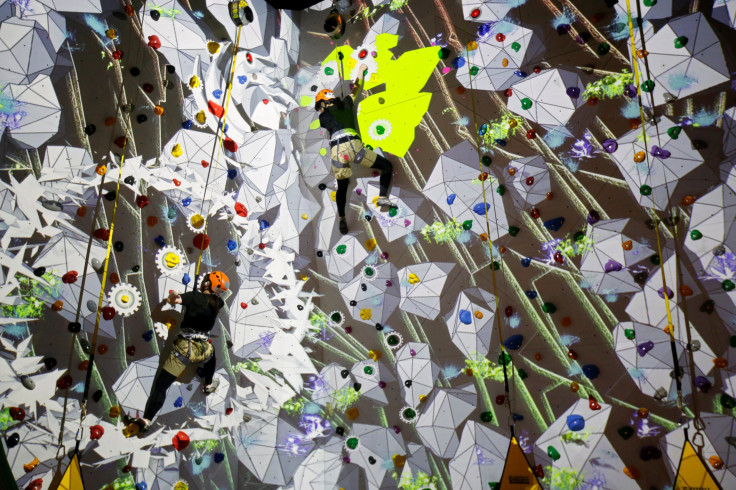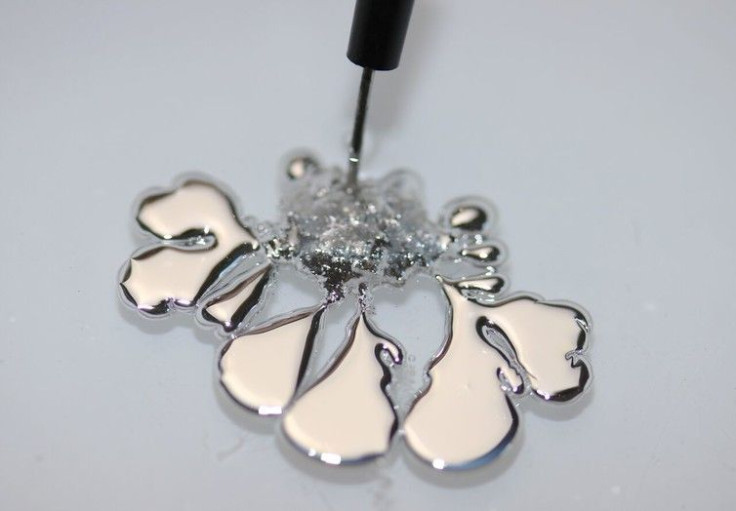Science As Art: When Research Becomes A Creative Display Of Emotion

Research is the lifeblood of modern universities, but there are very few ways for those behind the academic output to show the real creativity and emotion that underpins it. The story of the research is lost – the many failures that led to the results, the often tortuous process, or the ecstatic highs of successes and the serendipitous path that changes the researcher’s career all fall by the wayside.
Researchers are creative by nature – and at Swansea University we wanted to give them the opportunity to communicate their work in a different way, as art. Our annual Research as Art competition gives researchers a platform to explore their creativity and convey the emotion and humanity in their research.
The striking images entered into the competition are the hook to draw the audience in, but the text is the researcher’s opportunity to engage with people. The most compelling submissions aren’t just an image that was lying on a lab hard drive for years, or a beautiful false-colored electron microscopy image by which color is added to an image so that researchers can see the different parts of the electromagnetic spectrum. They are the submissions that describe the years of failure in the laboratory, the inspiration, and the way researchers question themselves daily.
Below are just a selection of the images from this year’s winners, accompanied by their own words.

This photo, taken with an optical microscope, is the result of a perovskite [a type of mineral] sample that went wrong.
The resulting picture looks like meteors crashing onto a sun. Those “meteors” and their “tails” may have been formed by the presence of impurities on the sample. In contrast, the “sun” might have resulted from ethyl acetate not uniformly diffusing into the perovskite sublayer [the slice of mineral].
Scientific research is not always fruitful, however, it is when you make mistakes that you learn the most and have the most fun.

I work with big data to explore children and young people’s mental health, analyzing millions of anonymized routinely collected health records in a secure environment.
In a public lecture I was asked “how do feelings become numbers?”. So in collaboration with artist Karen Ingham we worked with young people to use new technology differently, and explore feelings more directly. We asked them to create a 3D immersive version of their state of mind using a virtual reality VIVE headset with a tilt brush. They could walk in, out and around these visual representations of feelings – a true mind-body approach.

In nature, some animals can blend into their environments to avoid being eaten or to reduce their impact on the ecosystem around them.
Taking inspiration from these evolved systems, we investigate the notion of chameleon-like approaches for mobile interaction design. Our approach shows the value of the concept and motivates further research in materials and form factors that can provide more effective automatic plain-sight hiding.

I wonder whether we researchers can become so close to our work that it becomes banal to us. Not boring or without merit, but something we have become so familiar with we forget that it’s original and unique work that no one else is doing.
Every day I analyze ancient volcanic ash using cutting edge x-ray microscopes, but it takes a third party to remind me how out of the ordinary such a career is.

Amy Dillwyn was one of the first British female industrialists. She has been painted as a woman whose bright future was dashed by the death of her fiancé when she was just 18. In reality, she was already in love with the woman who would dominate her life and fiction for the next 30 years. Her radical novels – some of the earliest lesbian fiction in print –- bend gender and reject romantic endings.
“The iron on the dress” was created by sculptor Mandy Lane, who poured molten iron over a century-old wedding dress. One observer remarked of the image: “It is like a crime scene, and it is a crime, the crime is the fact that we need to retell the story of this clearly influential woman”.
This research, and the artwork, is about uncovering and correcting the historical and literary record.

We aim to create future mobile user interfaces which are highly changeable in both their visual and tactile appearance.
Our image shows the spreading effects when a voltage is applied across EGaIn (an alloy of Gallium and Indium). Its surface tension is affected by the potential across the electrodes causing dramatic spreading effects. This means that the metal transitions from an almost perfect spheroid, to a great, flat, intricate branching tree structure. Modulating the voltage, then, can cause rapid oscillating effects to provide exciting visual and tactile feedback.

In our lab, we are working with atoms cooled to a millionth above absolute zero. Atomic motion becomes so slow that you can interact with them with astonishing precision. To “talk” to the atoms we need some form of postman to deliver this information: we use an optical fiber -400 nanometers thick! We place the nanofiber close to the atoms and shine a laser through it.
Simply because the size of the fiber is smaller than the wavelength of light that passes through it, light “spills out” due to a quantum mechanical effect akin to quantum tunneling. It is thanks to this “spillage” that light propagating through the fiber can interact with the atoms which are outside of it! In this image, you see this exact “spillage” from our optical nanofiber. The beautiful pattern arises from a slight misalignment of the camera lenses, known as spherical aberration.

Over 200 children used cubes of clay to sculpt ecologically attractive habitats for coastal creatures. These bioblocks demonstrate that human-made structures can support marine life, while children and their families have gained a better understanding of the unique resilience of sea creatures.
It is hoped that the diverse and complex habitat will enable more species to use this new material as a living space: crevices and holes will provide shelter; variable textures and overhangs will allow animals and seaweed to cling to the material.
Richard Johnston, Associate Professor of Engineering, Swansea University
This article was originally published on The Conversation. Read the original article.





















